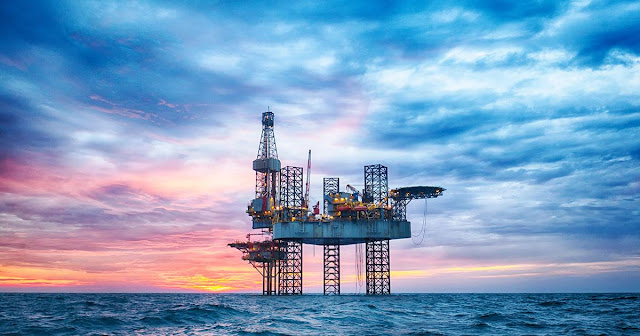Offshore Decommissioning to Take Pace in UK as Around 300 and 1,600 Early-Model Offshore Wind Turbines Set for Decommissioning by 2025 and 2030
In many developing offshore hot spots, planning is still at a fairly early stage. Offshore decommissioning takes a high degree of coordination among operators, government regulators, and contractors involved in the industry, all driven by various incentives. In 2020, some 203 wind turbines with a total capacity of 222 MW were decommissioned across Germany. Moreover, research by the University of Kent suggests that the UK will have to decommission about 300 and 1,600 early-model offshore wind turbines by 2025 and 2030, respectively.
Onboard each vessel in a participating oil rig will be people who oversee the offshore decommissioning process. They include the captain, deck officers, deckhands, engineers, chemical maintenance personnel, and scientists. The total number of personnel working on a daily basis varies, but it is in the best interests of the company and its partners to minimize worker exposure to potentially toxic fumes and/or particulate matter, as well as to minimize the environmental impact of the production cycle. In many jurisdictions, public health and safety standards are strictly monitored, as well as efforts to minimize fuel use and increase energy efficiency among potential producers. Some offshore decommissioning vessels have onboard biological assessment laboratories where samples from the drilling site can be tested for any possible contamination.
There are numerous methods of offsite disposal of excess crude oil and gas - most of which are fairly safe. The primary responsibility of the decommissioning vessel is to dismantle and dispose of the onboard equipment, machinery, pipes, tanks, etc. Prior to dismantling, the ship's operations must cease and all employees must evacuate the area.
Once decommissioned, an oil rig operator may choose to "plug" or "deposit" any hazardous material in the safest manner possible. A typical approach involves using pressurized containers to safely pack chemical liquids or solid wastes into tanks that have been isolated from the outside environment. The containment building will be built inside a sealed and isolated facility with offsite access for authorized personnel. Decommissioned offshore oil and gas platforms may not be plugged, depending on the circumstances.




Comments
Post a Comment